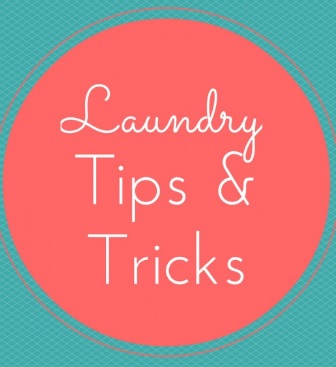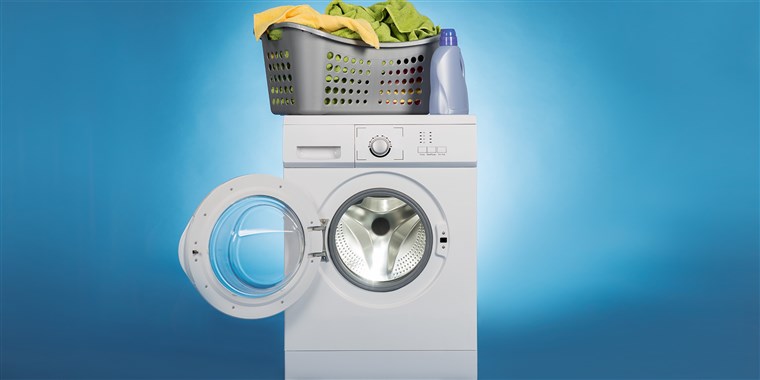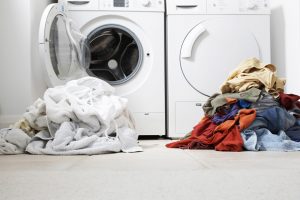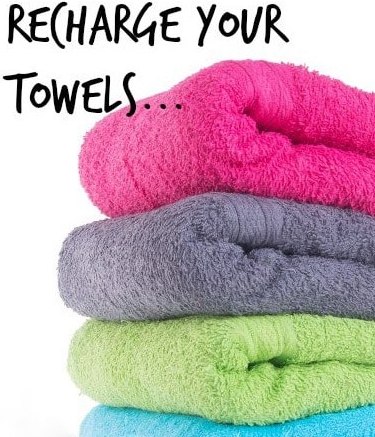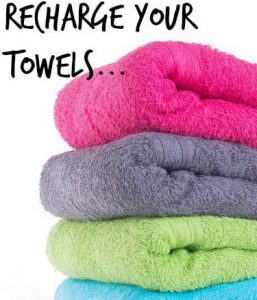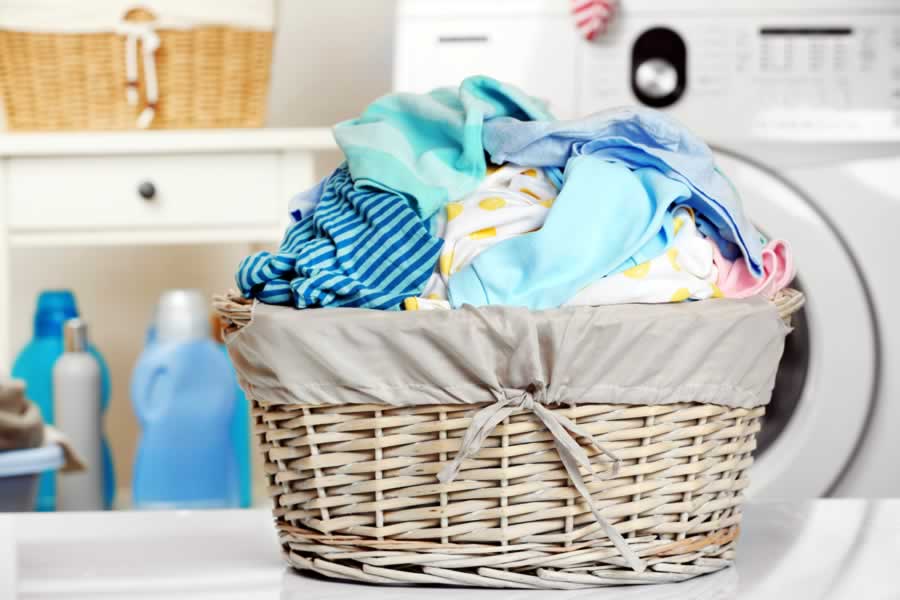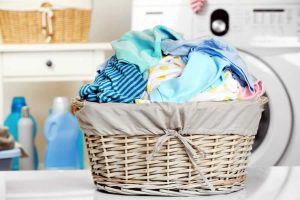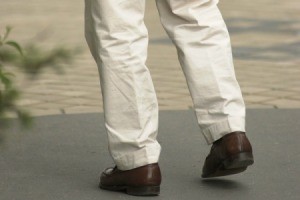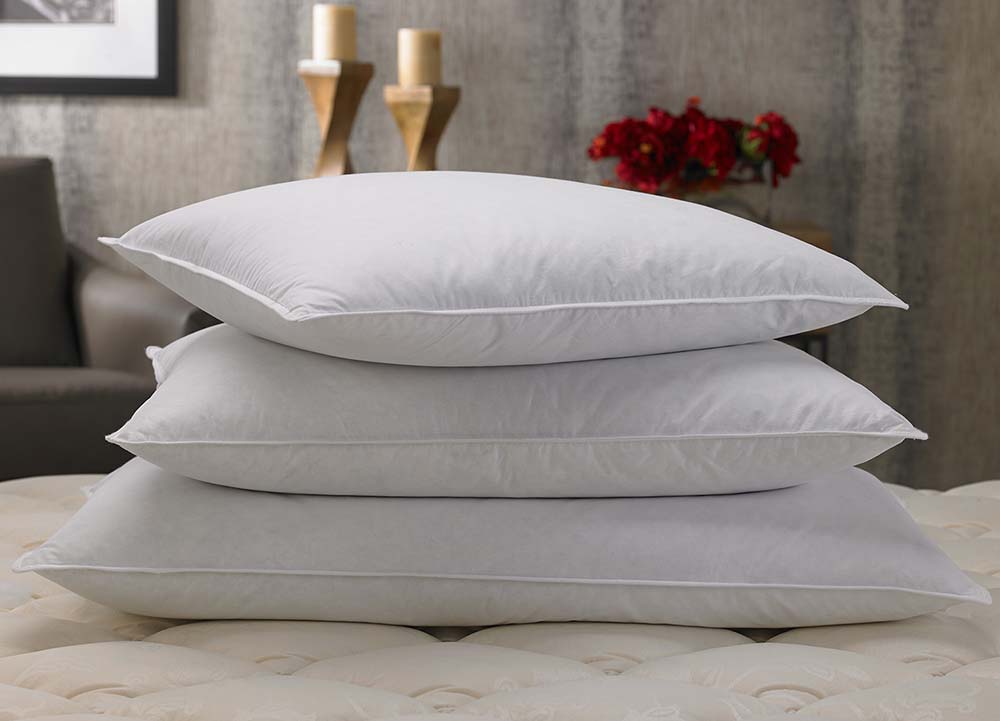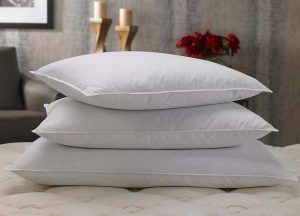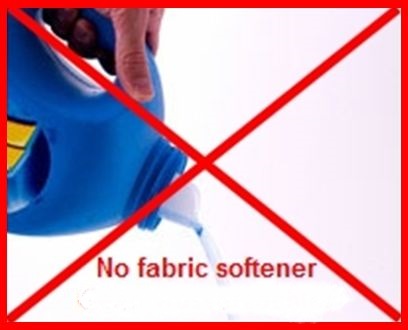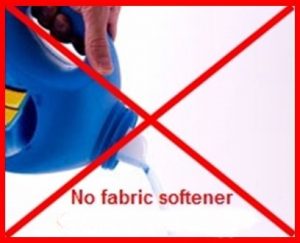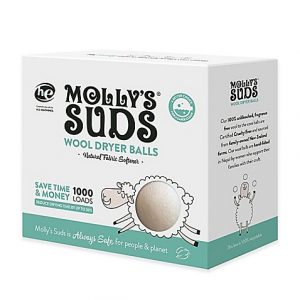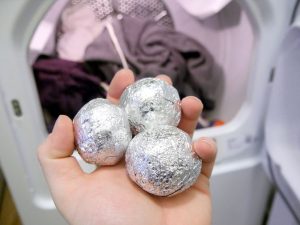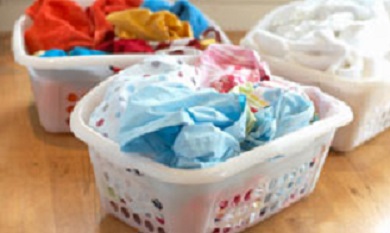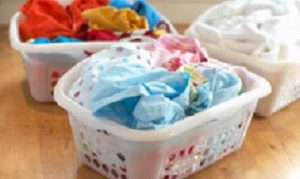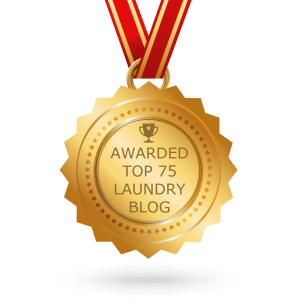
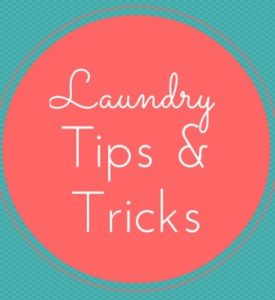
- What’s the secret to soft, fluffy towels? Vinegar and baking soda. Add these two ingredients to your load of towels plus half the recommended amount of detergent.
- Running late? Hang your items in the bathroom while you shower to release wrinkles.
- You’ve accidentally shrunk your favorite sweater. No worries – soak it in a solution of baby shampoo and warm water, then gently massage it back to its original size. See our blog titled “OH NO! Shrunken Clothes!”
- Vinegar and Baking Soda instead of detergent will revive your old towels.
- Tennis balls in the dryer will decrease wrinkles in your bed linens.
- Add salt to the wash to prevent colors from fading
- Wash colors inside out to prevent fading over time.
- Maintain the shape of your sweaters by laying them flat to dry as opposed to hanging them.
- Squeeze a large lemon in with those workout clothes! It will break down oils trapped in fabrics & leave a clean fresh scent.
- Adding 1/2 cup of white distilled vinegar to your rinse cycle is a natural fabric softener.
- Swimsuit stretched out? Avoid the urge to wring out all of the water. Instead lay flat between towel and roll to remove excess water.
- A little dish soap, a toothbrush, & some hot water do wonders for ring around the collar.
- Trying to get a blood stain out? Use hydrogen peroxide and rinse well
- Make DIY Dryer balls by rolling aluminum foil into a ball and placing in the dryer.
- Wash dark clothes and jeans inside out and air dry them to keep from fading
- Remove stubborn armpit stains with lemon juice and baking soda.
- Use hot water for white loads, warm water for the average load, and cold water for bright colors.
- Wash your socks in lingerie bags to ensure they’ll never lose their match.
- Use chalk to eliminate grease or oily stains.
- Add Borax to every wash to keep your whites, bright and your colors, colorful.
- Over drying clothes is the leading culprit of static cling. Always set your dryer to the recommended dry time.
- Always dry towels and bulky items separate from your light weight items.
- Not a fan of bleach? Brighten your whites instead by adding 1 cup of white vinegar oxygen booster lemon juice to the wash. Air-dry your clothes in the sun. You’ll have bright whites with a fresh, clean scent.
- The best defense to any stain is to treat as soon as possible. Keep a Tide-To-Go Stain Remover in your purse or vehicle for those moments.
- To loosen a stuck zipper, rub a bar of soap over the teeth.

Read More �6 Ways to Cut Down Energy Costs In The Summer�

